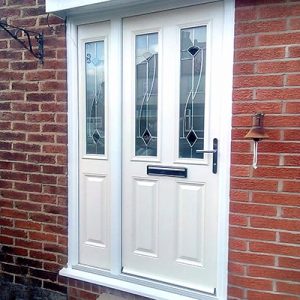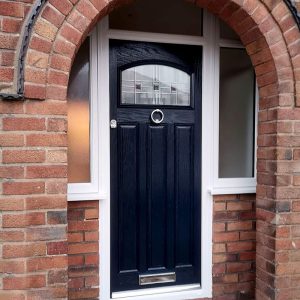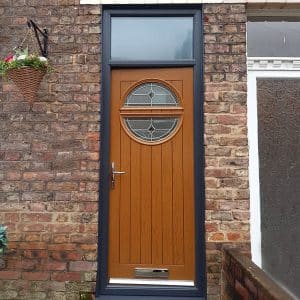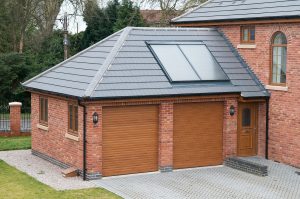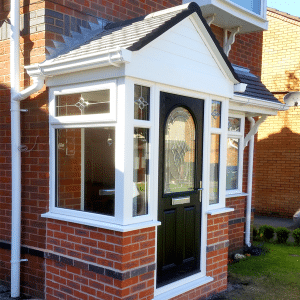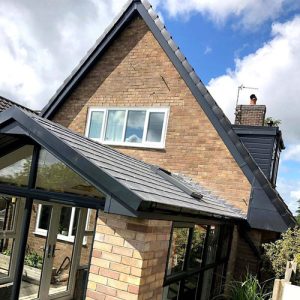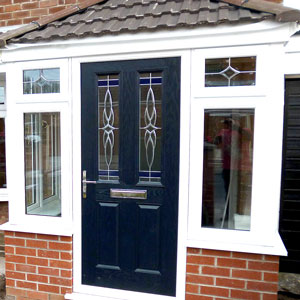Fanlight doors add a unique design and practical function to home entryways, offering both aesthetic appeal and natural light. These doors feature a distinctive fan-shaped or semi-circular window above the door itself, known as a “fanlight,” which enhances the look of the entryway and brings in more sunlight. In this article, we will explore fanlight doors, their history, and the benefits they provide to homeowners.
1. Understanding the Fanlight Design
The term “fanlight” describes the decorative, semi-circular or fan-shaped window above a door. Typically, this window complements the door’s style while allowing natural light into the entryway or foyer. Fanlight designs range from simple, clear glass to more elaborate, stained-glass patterns, offering homeowners a range of options to suit their architectural style.
Many fanlight windows feature multiple small panes or segments arranged in a fan-like pattern, giving these doors their distinctive look. Homeowners often choose fanlight doors for the added light and the attractive focal point they create for the front of the home.
2. Historical Origins of Fanlight Doors
Fanlight doors have roots in 18th-century Europe, where they initially appeared in Georgian and Victorian architectural styles. Builders often used fanlights above doors in homes and public buildings, as they provided extra light before the widespread use of electric lighting. These fanlights became a popular design choice and represented a sense of elegance and sophistication.
The fanlight style continued to evolve in various architectural movements, from Colonial and Federal in the United States to Neo-Classical and Art Deco styles in other parts of the world. Today, fanlight doors combine classic and contemporary design elements, making them a versatile choice for both traditional and modern homes.
3. Benefits of Fanlight Doors
Fanlight doors offer several practical and aesthetic benefits, making them a desirable feature for many homeowners. Let’s examine some key advantages.
Increased Natural Light
One of the primary benefits of fanlight doors lies in their ability to bring natural light into the entryway or hallway. This extra light can brighten up a space that might otherwise feel dim or enclosed. The natural light not only improves visibility but also creates a welcoming atmosphere for guests.
Enhanced Aesthetic Appeal
Fanlight doors provide a unique and elegant look, adding character to the home’s exterior. The intricate design of the fan-shaped window often serves as a decorative feature, elevating curb appeal and making the entrance stand out. The fanlight window can also complement other architectural details, such as arched windows or ornate door frames.
Privacy and Security
Fanlight doors allow natural light into the home without compromising privacy. Unlike a full glass door, the fanlight sits high above eye level, preventing outsiders from peeking into the home while still letting sunlight in. Many fanlight doors come with durable glass options, enhancing security while preserving the door’s visual appeal.
Ventilation Options
Some fanlight doors offer a feature where the fanlight window itself can open, allowing fresh air into the home. This option creates a cross breeze and improves indoor air circulation without the need to open the entire door. By choosing a fanlight window that opens, homeowners can enjoy ventilation while keeping the entryway secure.
4. Types of Fanlight Doors
Fanlight doors come in various styles, making them suitable for different architectural designs and preferences. Here are some popular types of fanlight doors:
Traditional Wooden Fanlight Doors
Traditional fanlight doors often use wood as the main material, which gives them a classic, timeless look. These doors work well in historic homes or homes with a rustic style. Wood fanlight doors may include detailed carving around the fanlight, adding elegance to the entrance.
Modern uPVC Fanlight Doors
For a more modern and low-maintenance option, many homeowners choose uPVC (unplasticized polyvinyl chloride) fanlight doors. uPVC doors resist weather damage and provide good insulation, making them energy-efficient and easy to maintain. They come in a variety of colors and finishes, allowing homeowners to achieve a sleek look without the upkeep associated with wood.
Composite Fanlight Doors
Composite fanlight doors combine materials like wood, uPVC, and glass, creating a strong, durable, and energy-efficient option. These doors offer the appearance of wood but provide enhanced durability and weather resistance. Composite fanlight doors work well in both traditional and contemporary settings, offering flexibility in style and function.
Stained Glass Fanlight Doors
For a decorative option, stained glass fanlight doors feature coloured glass segments arranged in intricate patterns. Stained glass fanlights add an artistic element to the entryway, often creating a striking visual effect when sunlight shines through. Homeowners looking for a personalised or period-specific style may find stained glass fanlight doors appealing.
5. Installing a Fanlight Door
Installing a fanlight door can transform an entryway, but careful planning ensures the best results. Here are some points to consider when installing a fanlight door:
Size and Proportion
Before installation, measure the entryway to ensure the fanlight door fits properly. The fanlight should align proportionally with the door and frame, so it complements rather than overwhelms the entrance. An experienced installer can help determine the right size for the door and fanlight window.
Frame and Structural Support
Fanlight doors often require a sturdy frame to support the fanlight window. The fanlight adds weight and complexity to the door structure, so strong framing and quality materials will ensure durability. For older homes, checking for structural support around the entryway may prevent future issues.
Weatherproofing and Insulation
Select weather-resistant materials to maintain the door’s appearance and functionality. Weatherproofing and good insulation around the fanlight and doorframe will help keep drafts out and ensure energy efficiency. Many fanlight doors come with energy-efficient glass, which reduces heat transfer and helps regulate indoor temperatures.
6. Is a Fanlight Door Right for You?
Choosing a fanlight door depends on your personal style, home architecture, and the benefits you seek. Fanlight doors provide added light, a decorative touch, and even some ventilation options. If you value natural light and enjoy architectural details, a fanlight door could enhance both your home’s interior and exterior.
Additionally, a fanlight door can add value to your home by improving curb appeal and creating an inviting entrance. Whether your style leans traditional or modern, fanlight doors offer flexible design options that can fit most aesthetic preferences.
Conclusion
Fanlight doors combine elegance, functionality, and a timeless aesthetic, making them a beautiful addition to many home entryways. By choosing a fanlight door, homeowners gain the benefits of natural light, enhanced privacy, and architectural charm. Whether you prefer a traditional wooden fanlight door or a modern uPVC design, this door style can create a welcoming and stylish entrance.




